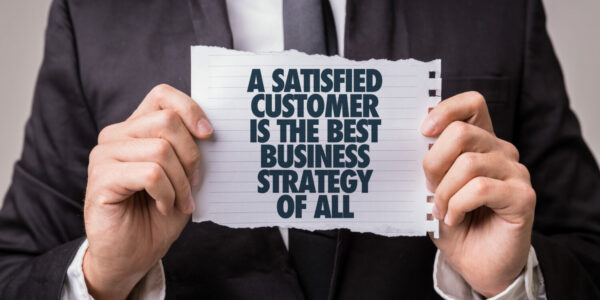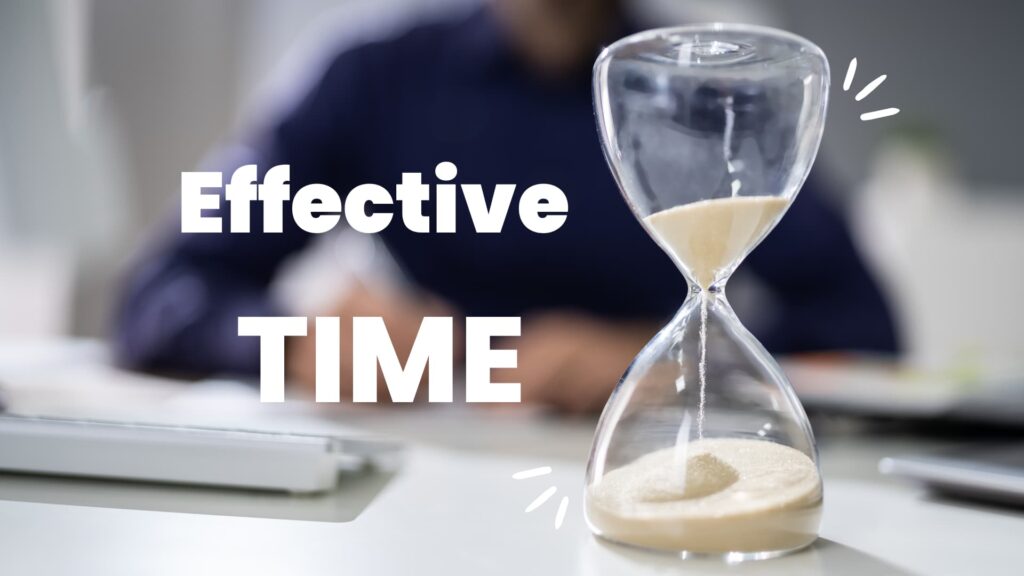
Creating an Excellent Customer Experience – in company training
„People will forget what you said, people will forget what you did, but people will never forget how you made them feel”
Maya Angelou.
Excellent customer service is something that can set you apart from other companies and give you lasting competitive advantage. Here are some reasons why you should be striving to always offer your customers outstanding service:
- Decreasing acquisition costs.
- Boosting your profits.
- Increasing the customer lifetime value.
- Improving the company’s image.
- Building trust and reputation.
- Promoting word of mouth advertising.
- Encouraging brand loyalty.
- Finding growth opportunities.
In this training course you’ll learn what it takes to give your customers top-notch service and you’ll develop the competencies that will help you excel in you customer care role.
Creating an Excellent Customer Experience – in company training

„People will forget what you said, people will forget what you did, but people will never forget how you made them feel”
Maya Angelou.
Excellent customer service is something that can set you apart from other companies and give you lasting competitive advantage. Here are some reasons why you should be striving to always offer your customers outstanding service:
- Decreasing acquisition costs.
- Boosting your profits.
- Increasing the customer lifetime value.
- Improving the company’s image.
- Building trust and reputation.
- Promoting word of mouth advertising.
- Encouraging brand loyalty.
- Finding growth opportunities.
In this training course you’ll learn what it takes to give your customers top-notch service and you’ll develop the competencies that will help you excel in you customer care role.
Aims & benefits
By the end of the course delegates will be able to:
- Understand what drives top-notch customer service.
- Establish rapport with customers and treat them respectfully.
- Make every customer interaction count.
- Empathize with customers giving their service a human touch.
- Actively listen to customers.
- Use superior questioning skills to get a good understanding of customers’ needs.
- Take the lead and control the flow of a customer dialogue.
- Use influencing skills to be more persuasive.
- Conduct phone calls successfully.
- Use email effectively.
- Handle difficult situations in customer service.
- Improve interactions by adapting to different customer personality types.
Agenda
Training program: Creating an Excellent Customer Experience
Customer-centered service as a company’s competitive advantage
- Exercise: Everyone’s a customer.
- 9 basic customer needs.
- 3 categories of needs: functional, procedural and psychological.
- MOT: Moments of Truth in customer service.
- Case study: MOTs – taking ownership of a problem and putting the customer first.
- Exercise: identifying MOTs and best practices in customer service.
Key communication skills for an enjoyable customer experience
Empathy
- What is empathy in customer care?
- Live chat service story: What does empathy look like?
- Exercise: how do you show empathy to customers?
Active listening
- What is active listening and why it’s important?
- 4 levels of listening.
- Active listening pitfalls.
- Key active listening techniques.
- Exercise: Demonstrating active listening skills.
Questioning skills
- Exercise: Can you ask questions?
- 5Ws and H open-ended questions.
- Advantages of open-ended questions.
- Closed questions and when to use them.
- Barriers to effective questioning.
- Variations of open and closed questions: Funnel, TED and Leading Technique.
- Exercise: How to use questions to ensure full clarity on the customer’s requirements?
Building rapport with customers
- Mirroring technique.
- Adapting to customers’ communication styles.
- Personalizing your message.
Influencing skills in customer service
- Selling a customer on an idea – the YOU APPEAL concept.
- Cialdini’s Principles of Persuasion.
Golden rules of phone & email etiquette
- How to use the phone effectively.
- Why bother with business email etiquette.
- Email format – how to structure your emails to customers.
- Crafting different types of emails – how to adapt your email to different purposes.
- Exercise: writing different types of emails to customers.
- Tips for writing emails to customers.
- Keeping your emails brief and to the point.
- Exercise: streamlining your customer email.
- Email mistakes you want to avoid.
Handling difficult customer interactions
- 4 behavioral styles.
- Traits of an assertive person.
- How and when to be assertive in customer interactions: verbal and non-verbal communication.
- How to control your emotions in a heated exchange: taking a balcony perspective.
- AIR Model for handling demanding or upset customers.
- Exercise: Handling objections with the AIR Model.
- Feel-Felt-Found Technique to defuse customer emotions.
- Exercise: Applying the Feel-Felt-Found Technique.
Adapting to different customer personality types
- Carl G. Jung’s theory of personality types.
- Insights Discovery 4 color energies Model, based on Jung’s theory.
- Understanding your energy mix.
- Exercises: How to identify your customer’s dominant personality type?
- Exercises: How to connect with your customers for better rapport using this knowledge?
- Controlling your stress levels and reacting to customers’ stress: reasons for stress, symptoms of stress and recommended actions to reduce stress for all four color energies.
Summary of the training and individual action plans: START-STOP-CONTINUE
Training program: Creating an Excellent Customer Experience
Customer-centered service as a company’s competitive advantage
- Exercise: Everyone’s a customer.
- 9 basic customer needs.
- 3 categories of needs: functional, procedural and psychological.
- MOT: Moments of Truth in customer service.
- Case study: MOTs – taking ownership of a problem and putting the customer first.
- Exercise: identifying MOTs and best practices in customer service.
Key communication skills for an enjoyable customer experience
Empathy
- What is empathy in customer care?
- Live chat service story: What does empathy look like?
- Exercise: how do you show empathy to customers?
Active listening
- What is active listening and why it’s important?
- 4 levels of listening.
- Active listening pitfalls.
- Key active listening techniques.
- Exercise: Demonstrating active listening skills.
Questioning skills
- Exercise: Can you ask questions?
- 5Ws and H open-ended questions.
- Advantages of open-ended questions.
- Closed questions and when to use them.
- Barriers to effective questioning.
- Variations of open and closed questions: Funnel, TED and Leading Technique.
- Exercise: How to use questions to ensure full clarity on the customer’s requirements?
Building rapport with customers
- Mirroring technique.
- Adapting to customers’ communication styles.
- Personalizing your message.
Influencing skills in customer service
- Selling a customer on an idea – the YOU APPEAL concept.
- Cialdini’s Principles of Persuasion.
Golden rules of phone & email etiquette
- How to use the phone effectively.
- Why bother with business email etiquette.
- Email format – how to structure your emails to customers.
- Crafting different types of emails – how to adapt your email to different purposes.
- Exercise: writing different types of emails to customers.
- Tips for writing emails to customers.
- Keeping your emails brief and to the point.
- Exercise: streamlining your customer email.
- Email mistakes you want to avoid.
Handling difficult customer interactions
- 4 behavioral styles.
- Traits of an assertive person.
- How and when to be assertive in customer interactions: verbal and non-verbal communication.
- How to control your emotions in a heated exchange: taking a balcony perspective.
- AIR Model for handling demanding or upset customers.
- Exercise: Handling objections with the AIR Model.
- Feel-Felt-Found Technique to defuse customer emotions.
- Exercise: Applying the Feel-Felt-Found Technique.
Adapting to different customer personality types
- Carl G. Jung’s theory of personality types.
- Insights Discovery 4 color energies Model, based on Jung’s theory.
- Understanding your energy mix.
- Exercises: How to identify your customer’s dominant personality type?
- Exercises: How to connect with your customers for better rapport using this knowledge?
- Controlling your stress levels and reacting to customers’ stress: reasons for stress, symptoms of stress and recommended actions to reduce stress for all four color energies.
Summary of the training and individual action plans: START-STOP-CONTINUE
Supplementary Training
Experts
THE TRAINING METHODS
Activity Based Learning
The training follows the Kolb cycle and the ABL method (Activity Based Learning).
Workshops
Participants take part in activating exercises preceded by the necessary theoretical introduction.
Feedback
Participants have the opportunity to self-diagnose and receive feedback from the trainer.
Full activation
The trainer presents knowledge using 3 channels of information transfer - sight, movement, hearing.
Discussion
Discussion panel, group and individual exercises, presentation, role playing, case studies and review films.
Opinions
„Every single topic treated.”
„Useful training content: how to interact with customer; empathy statements and its examples; about how to deal with rude customers.”
„Useful training content: exercises for practicing, facts about the adjusting vocabulary.”
„Useful training content: being able to turn negatives into positives; sentence transformation; Handling customers when they are upset, proactive approach to customer; phonetics.”
Oceny dla tego szkolenia:
Oceń to szkolenie:
Clients
CBRE Business Services Organisation Sp. z o.o.
Organizational informations
How do we prepare our training projects?

Analysing your training needs

Verification of your training aims

Creating a training programme


Logical & administrative settings


Realization of the project
5 reasons you should pick our training:
1. Based on deeply analyse of your training needs, we will recommend you best trainer and programme offer.
2. Through the whole project, there’s gonna be an account manager to take care of your needs.
3. Participants will get all the necessary training materials in very attractive form.
4. We guarantee using variety of training methods through the whole project.
5. Your project will be closed with after training report containing evaluation and reccomendations for the future.

Have questions?
Contact us:
18 Widok St, Apt 2,
00-023 Warsaw
(22) 224 21 95
603 906 655
biuro@humanskills.pl
You might also like
Not sure if it is a training for you?
Rely on our experience and ask for a free consultation:
(22) 224 21 95
Call us
biuro@humanskills.pl
Write an e-mail















